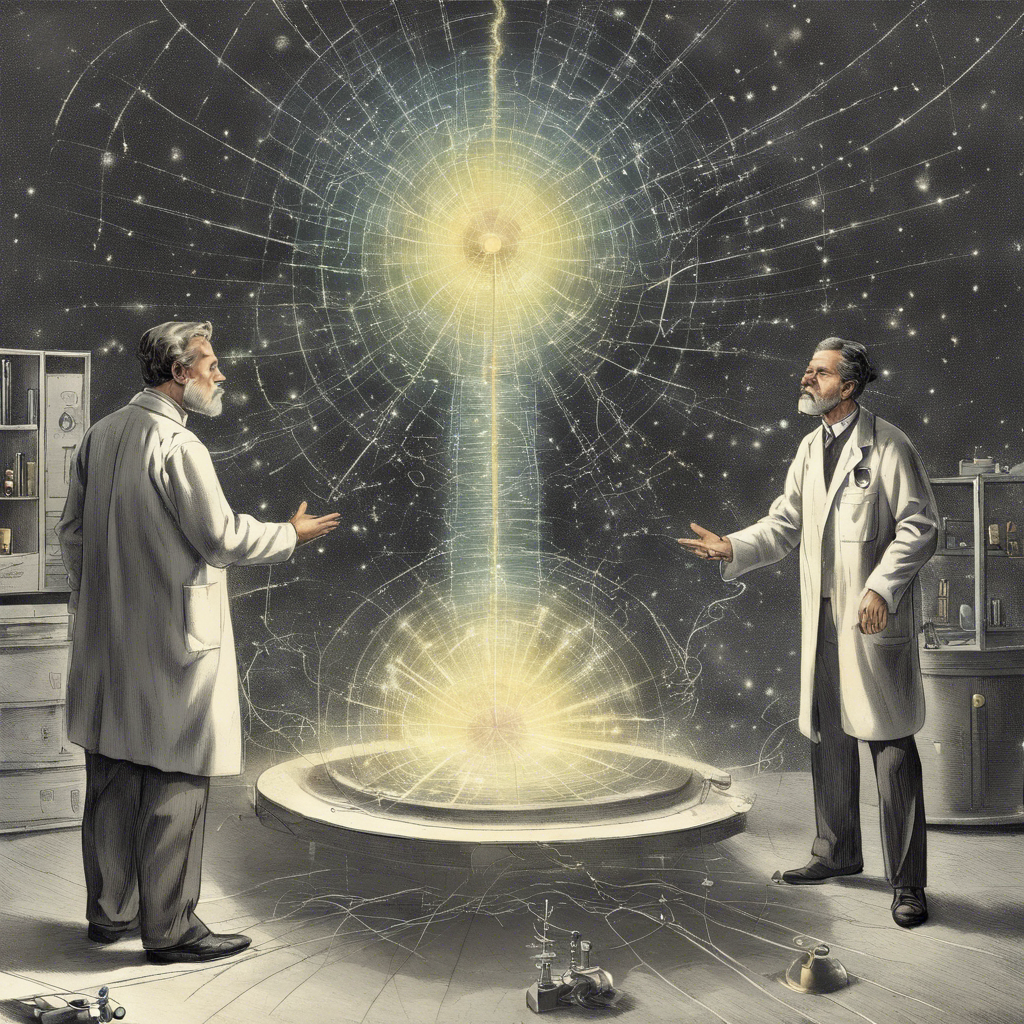Scientists Spot a Particle of Intense Energy, Posing Questions for Physics

The discovery of a powerful cosmic ray raises questions about its origin and potential implications for our understanding of the universe.
Scientists have recently detected an incredibly powerful cosmic ray, marking the most energetic particle observed in over three decades. This cosmic ray, with an estimated energy of 240 exa-electron volts (EeV), has sparked intrigue among researchers who are now grappling with the challenge of determining its origin. While cosmic rays are not uncommon, this particular particle’s energy level is comparable to the famous “Oh-My-God particle” discovered in 1991. The findings, published in the journal Science, have left scientists puzzled and have led some to suggest that new physics may be required to explain its source.
Unraveling the Mystery of Cosmic Rays:
Cosmic rays are high-energy subatomic particles, often protons, that traverse space at nearly the speed of light. In their ultra-high energy form, cosmic rays surpass the energy levels achieved by human-made particle accelerators. Cosmic rays with energies exceeding 100 EeV are exceptionally rare, with fewer than one of these particles reaching each square kilometer of Earth per century.
The Discovery of “Amaterasu”:
On May 27, 2021, Toshihiro Fujii, an astronomer at Osaka Metropolitan University, noticed unusual signals while conducting a routine data check at the Telescope Array, a cosmic-ray detector in Utah. These signals indicated that the detectors had been struck by an incredibly energetic particle. Initially skeptical, Fujii soon realized that the measurements aligned with those produced by ultra-high-energy cosmic rays. The particle was subsequently named “Amaterasu,” after a Japanese Sun goddess.
The Challenge of Pinpointing the Source:
While ultra-high-energy cosmic rays typically travel through space without significant interference from magnetic fields, Amaterasu’s origin remains elusive. Fujii and his team calculated the particle’s source to be within a region devoid of galaxies, presenting a perplexing puzzle. The researchers explored various possibilities, including matching the cosmic ray with nearby galaxies and objects, but none seemed to fit the bill. This lack of a clear source raises questions about our current understanding of cosmic rays and the influence of magnetic fields on their trajectory.
Possible Explanations and Implications:
One explanation for the difficulty in pinpointing Amaterasu’s source could be inaccuracies in the models used to estimate the impact of magnetic fields on cosmic rays. This suggests the need for adjustments and further exploration. Additionally, the discovery of ultra-high-energy cosmic rays presents an opportunity to investigate unknown physical processes that allow particles to travel vast distances. This exploration could lead to new insights and potentially challenge existing theories in physics.
The Path Forward:
Fujii and his team are currently upgrading the Telescope Array to enhance its sensitivity, enabling the capture of more rare ultra-high-energy cosmic rays. This upgrade will provide researchers with valuable data to refine their understanding of cosmic rays and potentially shed light on the origin of particles like Amaterasu. By tracing the paths of these energetic cosmic rays more precisely, scientists hope to unravel the mysteries that lie beyond our planet.
Conclusion:
The recent detection of an incredibly powerful cosmic ray has left scientists intrigued and searching for answers. The enigmatic particle, dubbed Amaterasu, challenges our current understanding of cosmic rays and raises questions about their origins. As researchers continue to explore and upgrade detection methods, they hope to gain further insights into the nature of ultra-high-energy cosmic rays and potentially uncover new physics that could revolutionize our understanding of the universe. The mysteries of the cosmos continue to captivate scientists and push the boundaries of human knowledge.










